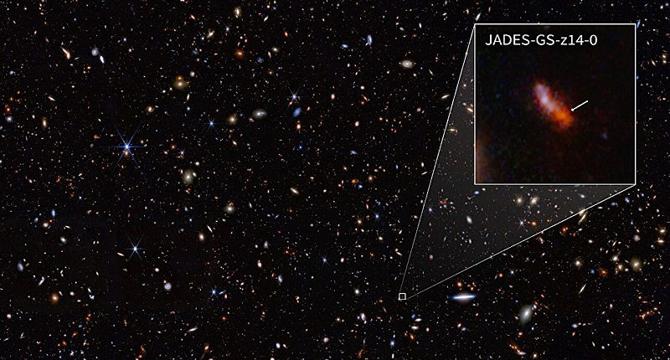Knowridge
1M
139

Image Credit: Knowridge
Webb Telescope discovers surprisingly complex chemistry in early galaxy
- Astronomers using NASA’s James Webb Space Telescope (JWST) have discovered a highly chemically complex galaxy, JADES-GS-z14-0, which formed when the universe was just 300 million years old.
- The properties of this early galaxy challenge our understanding of how galaxies formed after the Big Bang.
- The amount of oxygen found in JADES-GS-z14-0 suggests that stars may have started forming earlier than previously thought.
- The discovery highlights the potential of JWST in reshaping our knowledge of the cosmos and understanding the early history of the universe.
Read Full Article
8 Likes
For uninterrupted reading, download the app